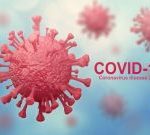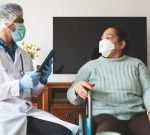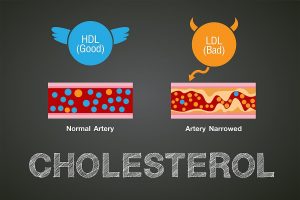
As the worldwide coronavirus case count passed 10 million and the death toll topped 500,000 on Sunday, 36 U.S. states continued to struggle with alarming spikes in COVID-19 infections. Experts cautioned that Florida could become the next epicenter for infections while Texas has seen record-breaking case counts and hospitalizations, CNN reported. Officials across the country are also warning of an increase in cases among younger people. Over the weekend, Florida shattered its previous records and reported 9,585 new cases on Saturday and 8,530 on Sunday, The New York Times reported. Six-hour lines formed in Jacksonville as thousands showed up to get drive-through tests. Orange County, home to Orlando, has seen an explosion of coronavirus: nearly 60 percent of all cases there have come in the past two weeks. Much of Florida’s surge in cases has followed the reopening of beaches, bars, restaurants and other social activities. Florida Gov. Ron DeSantis blamed the increase on a “test dump,” largely from younger residents getting themselves tested for COVID-19. “I’m one of the people who contributed to the 9,000-person day,” said Ian Scott, a 19-year-old college sophomore in Orlando who tested positive on Friday. He told the Times he has no idea how he got it. “We’re seeing positive, positive, positive, positive,” he said. “My generation says: ‘Let’s get this over with. Let’s suck it up for two… read on >























-300x200.jpg)













